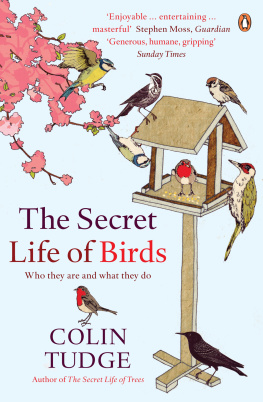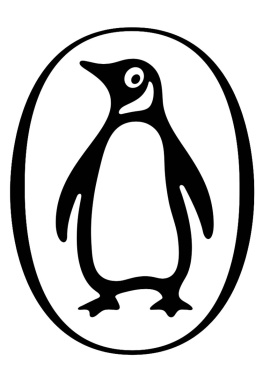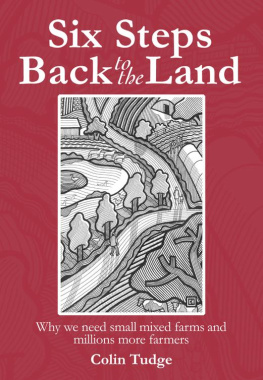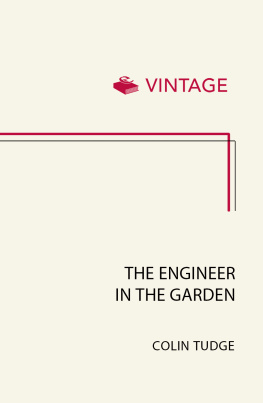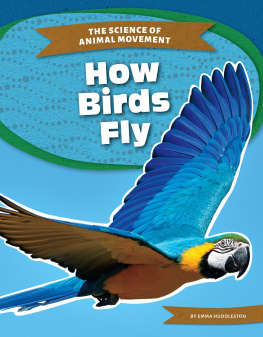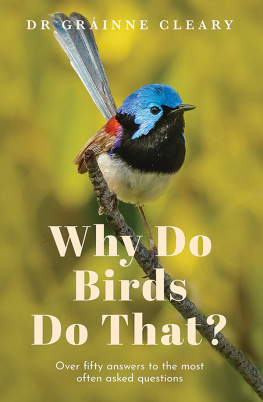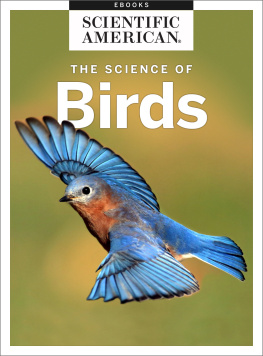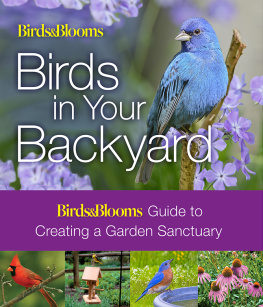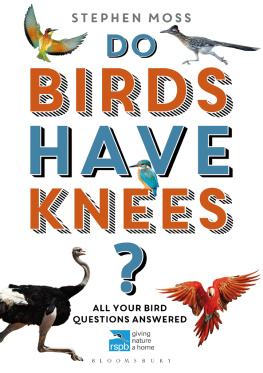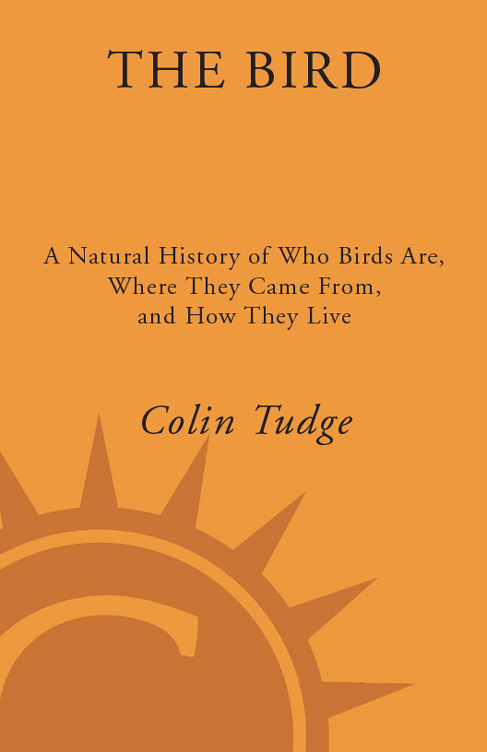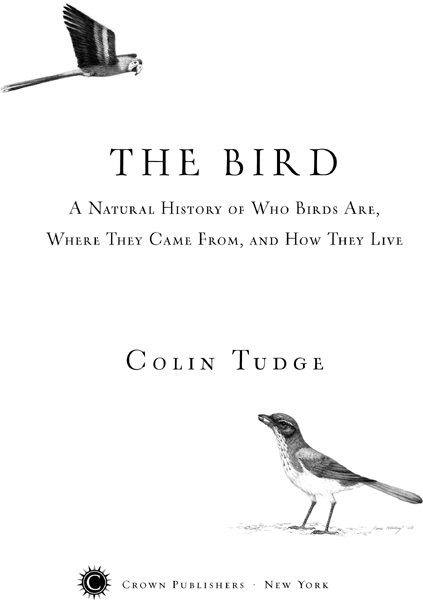I LLUSTRATIONS
Hen Harrier food pass
One of the great sights of the Southern Oceandiving-petrels
Archaeopteryx
: The relationships of reptiles
: How the archosaurs gave rise to the birds
: How the birds are related to the rest of the dinosaurs
Mononykus, at first sight, looks nothing like a bird.
Hesperornis, from the Cretaceous, was the most maritime of all birds
Birds, representing several different orders
All the main ratities, living and dead
: How modern birds are related
The most primitive of all the living anseriformsAustralias Magpie Goose
Wood Ducks live only where woodpeckers make the holes in trees that they need to nest in.
Coots are wonderfully aggressive.
An adjutant stork
Anhingas, alias snakebirds, are superb divers.
The largest penguin ever was Platydyptes.
Characteristically, Red-and-green Macaws fly arrow-straight ahead.
The beak of the toucan is partly functional and partly for show.
: The relationships of perching birds: Passeriformes
Shoebill catching a lungfish
Avocets feed most efficiently in the company of other avocets.
Arctic Skuas are broad-based huntersand also efficient pirates.
Australian farmers conducted major Emu wars against some vast flocks of the birds.
Hummingbirds are the most specialized avian nectar feeders.
Helmeted Guineafowl make their way in orderly fashion to the waterhole.
Pigeons feed their young with cheesy milk that they secrete.
Bar-headed Geese migrating over the Himalayas
Hammerkop and nest
Male Frigatebirds inflate their scarlet throat pouches to attract females.
Many male gamebirds, like these Sage Grouse, display en masse to the females.
Birds-of-paradise are often beautiful to the human eye but sometimes seem absurd.
Alberts Lyrebird shows its brilliance with a visual display and endlessly inventive mimicry.
Mating dance of the Great Crested Grebe
The Baya Weavers nest is among the great architectural achievements of all animals.
The Greater Flamingo lays its eggs on towers of mud in a swamp.
One individual stands sentinel in groups of Arabian Babblers, while the others enjoy feed nearby.
Female hornbills wall themselves into the nest hole and must rely on the male to forage.
Reed-warblers seem happy to lavish their care on the monstrous young of cuckoos.
Cockatoo flying off with wool
Animal instinct in action: baby Herring Gulls peck at a red spot on the mothers beak.
Greater Black-backed Gulls break the shells of armored animals by dropping them from a height. Cormorants stick to hunting underwater.
Geniuses of the bird world: New Caledonian Crows not only use tools but also make them.
Western Scrub-Jays cache food to use laterbut if they notice other birds spying on them, they come back later and move it.
Peregrines nesting high on a city building
Dodos were depicted as amiable and rotund, but they may have been lean and mean.
Its impossible to predict which birds will take to life in cities: the Nacunda Nighthawks of Brazil
Original illustrations by Jane Milloy.
P REFACE
A S A SMALL BOY IN S OUTH L ONDON, JUST AFTER THE S ECOND World War, I recognized only five kinds of birds. There were pigeons and sparrows, which were everywhere; the ducks and swans in the local parks; and a mixed category of ordinary birds that flew overhead from time to time and perched on roofs, for no particular reason except that they were birds and thats what birds do. London Zoo soon broadened my horizons, with its Ostriches, Emus, and penguins, a statutory line-up of torpid owls like fluffy Russian dolls with revolving heads, and a huge array of parrots. (London Zoo had two of each species in those daysor sometimes only one of each.) There was also a mad-eyed creature in a tall Gothic cage labeled Monkey-eating Eagle, which opened its vast horny beak in a most suggestive fashion and frightened us all to death. Then my cousin Peter, out in Kent, conceived a passion for bird nestingwhich boys were still encouraged to do in those days, along with the pinning of butterflies after a quick whiff of chloroform (which may be had from your local chemist for a few pence); and I began to perceive that ordinary birds included pipits and wagtails, terns and kestrels, Yellowhammers and robins, and a miscellany of crows, not all of which were black.
I went at the age of five to a Church of England primary school. It was my first taste of religionand a very kindly taste it was, too; the way that religion ought to be: songs and stories and being nice to people. The nature table was a shrine: a fir cone, a twig of willow with catkins, a mushroom, and a couple of unidentified rodent skulls from a local bomb site (there were three or four close by) of the kind that nowadays would bring in the disposal squad from Health and Safety, in jumpsuits and welders masks, to drop them with long tongs into polyethylene bags. But although we all caught measles and sneezles and whooping cough and mumpscommon childhood ailments, as they were calledwe did manage to avoid Weils disease and bubonic plague, although I imagine only by a whisker. There was also a glossy magazine, a huge departure in those austere times, with a picture of shorebirds mysteriously labelled Oystercatchers and Knots.
I was hooked. It isnt formal teaching that gets you into things, or at least not necessarily. Its the incidentals. I took it to be self-evident from about the age of six that everyone must be obsessed with nature, and I am still shocked to find how far and how often that is from the case.
The problem, once you are hooked, is how to get close to living creatures, how to engage with them. One way is simply to learn: I was lucky to go to a school where biology was taught brilliantly, and then to an ancient and therefore damp and crumbling university packed with Nobel Prize-winning biologists. I never wanted to be a professional scientist myself. I just liked, and like, being with the creatures themselves, and the ideas, and matching words to the ideas. So I write books about them.
The last such book was on treesmy other life-long indulgencebut as it progressed my friend Barrie Lees said, I already know about trees, as indeed he does. What I really want to know about is birds. They keep coming into the garden. They fiddle about. What are they? What are they up to? Why are they doing whatever they do?


